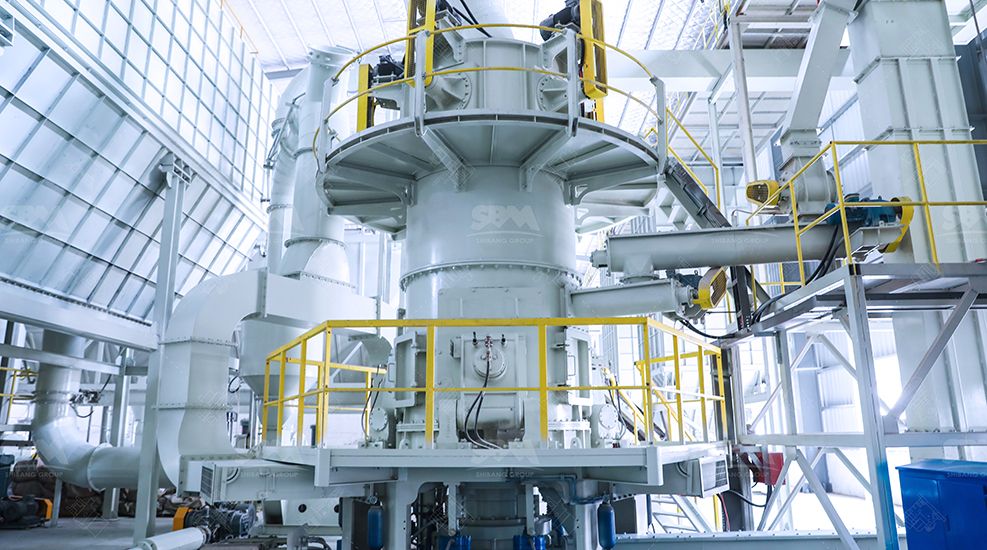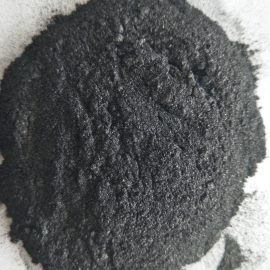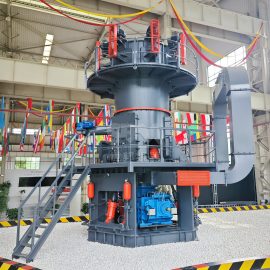
Irregular graphite particles (aspect ratio >1.5) cause electrode cracking in lithium-ion batteries, accelerating capacity decay by 15-20% in high-nickel systems. Achieving 5μm spherical morphology with high carbon purity remains a challenge for next-generation anodes.


The LUM Ultrafine Vertical Grinding Mill (max. feed size 10mm, capacity 5-18 t/h) integrates three key innovations:
High-speed imaging (5,000 fps) synchronizes with hydraulic rollers for real-time gap adjustment (±2μm accuracy). This produces monodisperse spherical graphite at D97=5μm – matching the mill’s tightest particle distribution capability (D97=5±0.5μm). Surface area stabilizes at 4.5–5.5 m²/g for optimal ion diffusion.
Closed-loop system maintains O₂ below 10 ppm, reducing oxidation loss to <0.5%. This preserves 99.95% carbon purity while minimizing contamination (<0.01% residue on 325-mesh sieve), exceeding battery-grade standards.
The vertical design consumes 40% less energy than alternatives. At D97=5μm processing, throughput reaches 2.3–2.8 t/h with main power at 355–400 kW, enabling production costs of $1,200/ton.
| Metric | LUM Process | Conventional Milling |
|---|---|---|
| Cycle Life (1C) | 3,000 cycles | 2,200 cycles |
| Energy Density | 365 Wh/kg | 340 Wh/kg |
| Production Cost | $1,200/ton | $1,800/ton |
Recent trials with silicon-carbon anodes achieved 398 Wh/kg energy density. The ability to produce D50=1.2±0.2μm particles with compact density 0.55 g/cm³ enables thicker electrode coatings, advancing solid-state battery development.
Technical Advantages: The grading system achieves d97=2μm precision, supporting future anode materials below 3μm. Moisture control below 0.3% and specific gravity optimization (loose: 0.2 g/cm³) set new manufacturing benchmarks.